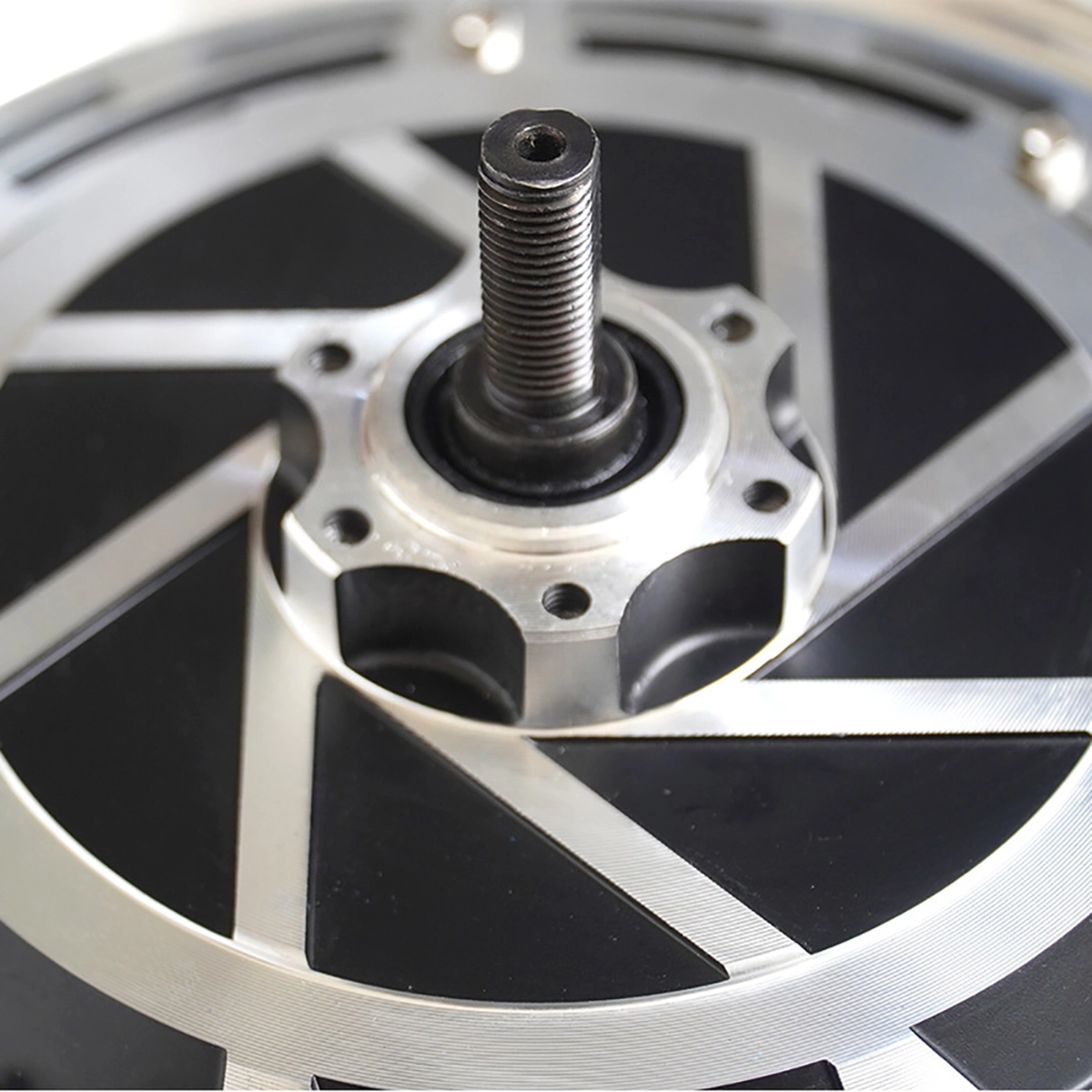Hub motors are electric motors integrated into the hub of a wheel to provide propulsion for vehicles like e-bikes, scooters, and skateboards. Their operation involves the interaction of magnetic fields between stationary and rotating components.
Electric current flowing in the stator coils produces a magnetic field. This interacts with the magnetic field from the rotor's permanent magnets.
To sustain rotation, the stator's magnetic field direction is continuously switched via a process called commutation. Brushless designs use electronic sensors.
The interacting magnetic fields generate an electromagnetic force that causes the rotor to spin within the stator.
The rotor is connected to the wheel axle, so its rotation gets transferred to the wheel, propelling the vehicle forward.
Some hub motor can also act as generators, converting motion to electricity during braking to recharge batteries.
Leave A Comment